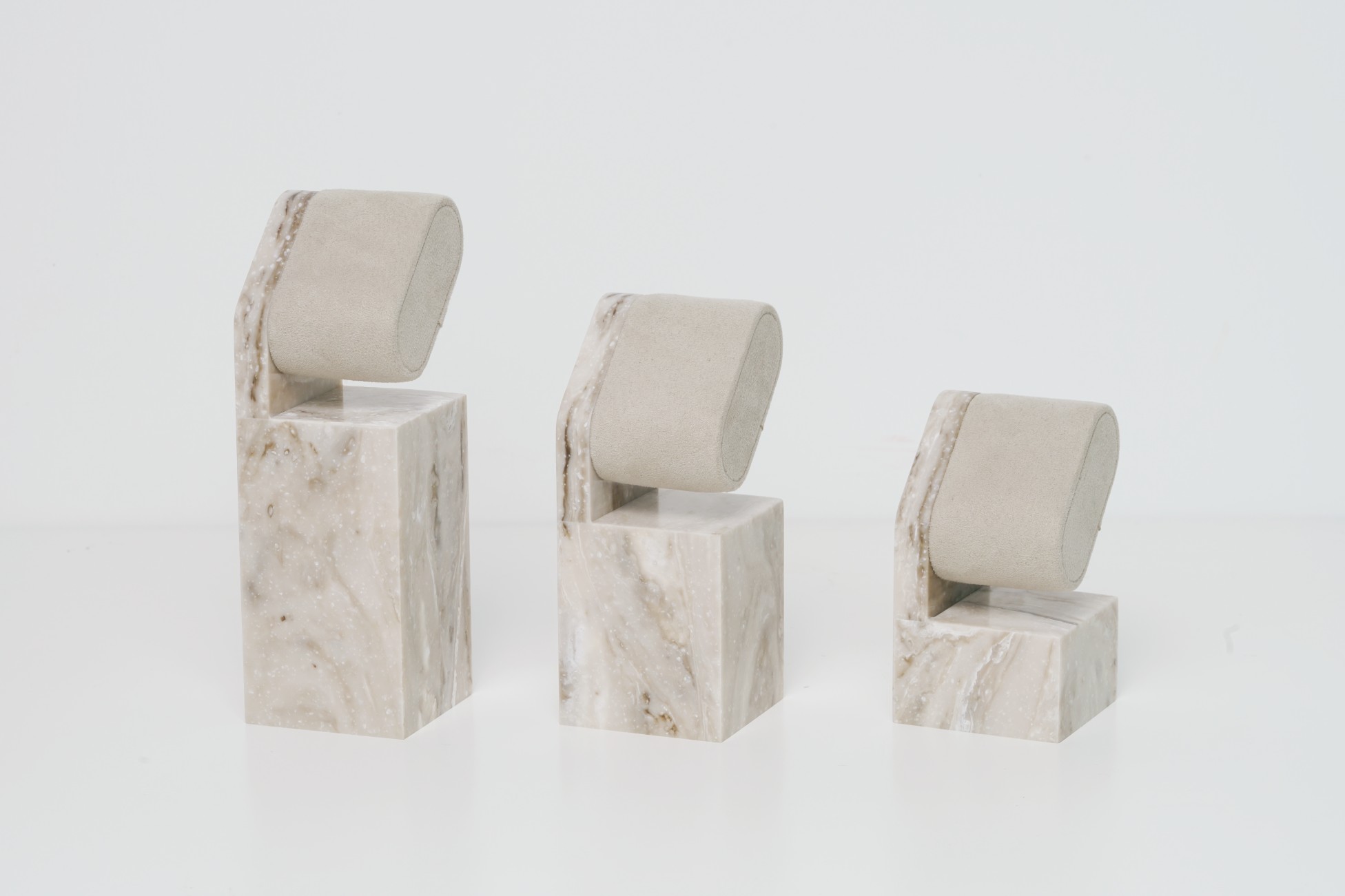In retail displays using MDF paint, PET/acrylic panels, powder-coated metal, and printed laminates, brand color inconsistency is one of the most common—and costly—errors. Even if all vendors use “Pantone 7542 C,” what you see on a matte-painted MDF may look totally different on acrylic under LED light.
These mismatches can dilute brand credibility, reduce visual cohesion across global markets, and require expensive rework. That’s why multi-material color matching must go beyond the Pantone book.
At Samtop, we help global brands maintain color harmony across materials and suppliers—from drawdown testing to batch control documentation.
✅ Featured Summary: How to Ensure Multi-Material Color Match
To keep brand color consistent across retail fixture surfaces:
- Don’t rely solely on Pantone codes
- Approve color-matched spray samples on each material
- Match gloss level, primer tone, and opacity
- Validate results under D65 light using a visual lightbox or Delta E (<2.5)
- Document swatches, photos, and production settings for future orders
🔍 Why Read This? Fix the #1 Invisible Error in Global Rollouts
You can't afford to have your brand blue look vibrant on painted wood, washed-out on metal, and greenish on PET just because “everyone followed the Pantone.” Read on to discover how to manage color across materials like a global fixture lead.
🧩 Why Pantone ≠ Color Match on All Surfaces
| Material | Color Behavior | Influencing Factors |
|---|---|---|
| Painted MDF / Metal | Opaque, absorbs light | Primer, gloss, curing method |
| PET / Acrylic Sheet | Semi-translucent, reflective | Light source, LED temp, transparency |
| Powder-Coated Metal | Reflective, textured | Bake temp, powder density |
| Laminate / Vinyl | Digitally printed | Emboss texture, base layer color |
🎨 Pantone Is Just the Starting Point
| Reference Type | What It Gives | What It Lacks |
|---|---|---|
| Pantone Formula Guide | Universal color target | Doesn’t account for reflectivity or gloss |
| RAL/NCS Codes | Useful for paint formulas | Not reliable for plastics or PET |
| Material Swatch Books | Real finish samples | May not match your exact brand tone |
| Spray / Drawdown Panel | Real color on real substrate | Most accurate for factory alignment ✅ |
📌 Tip: Always ask for a drawdown sample on the actual surface (MDF, metal, PET) to simulate final color behavior.
🛠️ Recommended Color Matching Workflow
- Select a Pantone or CMYK brand target (e.g., Pantone 549 C)
- Spray a reference panel on MDF or metal at intended gloss (PU or NC system)
- Request matching samples from suppliers:
- Painted MDF
- Powder-coated metal
- PET sheet with blue tint (or silk print underlay)
- Laminate swatch (digital print with matte texture)
- Evaluate under D65 showroom lighting using a grey lightbox
- Use Delta E meter to quantify deviation (target <2.5)
- Archive: photo, swatch, gloss %, primer color, and production batch ID
💡 Material-Specific Pro Tips
- MDF Paint: Use light gray primer, adjust for gloss curve distortion
- Acrylic / PET: Prefer colored base sheets over printed top layers; control for LED reflection
- Powder-Coated Metal: Approve only baked finish; test gloss at 20%, 30%, 40% to compare
- Laminate: Choose matte or satin texture to hide minor deviation; embossing darkens tone
📌 Avoid combining matte and high-gloss versions of the same color—it often results in visible mismatch under store lights.
🧪 Real-World Case: Skincare Display Color Alignment
Scenario: A global skincare brand needed to use Pantone 549 C across PET, MDF, and steel for consistency in 14 markets.
Issue: PET panel appeared greenish next to MDF under 4000K LED.
Fix:


